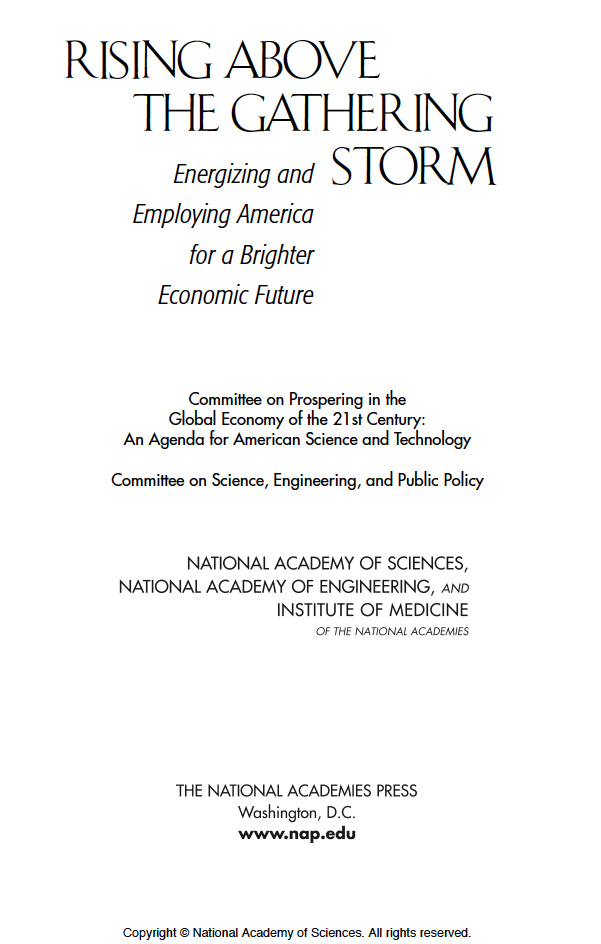Over the last two years I’ve made the point numerous times here that world university rankings have become normalized on an annual cycle, and function as data acquisition mechanisms to drill deep into universities but in a way that encourages (seduces?) universities to provide the data for free. In reality, the data is provided at a cost given that the staff time allocated to produce the data needs to be paid for, and allocating staff time this way generates opportunity costs.
See below for the latest indicator of the business side of world university rankings. Interestingly today’s press release from Thomson Reuters (reprinted in full) makes no mention of world university rankings, nor Times Higher Education, the media outlet owned by TSL Education, which was itself acquired by Charterhouse Capital Partners in 2007. Recall that it was that Times Higher Education began working with Thomson Reuters in 2010.
The Institutional Profiles™ that are being marketed here derive data from “a combination of citation metrics from Web of KnowledgeSM, biographical information provided by institutions, and reputational data collected by Thomson Reuters Academic Reputation Survey,” all of which (apart form the citation metrics) come to the firm via the ‘Times Higher Education World University Rankings (powered by Thomson Reuters).’
Of course there is absolutely nothing wrong with providing services (for a charge) to enhance the management of universities, but would most universities (and their funding agencies) agree, from the start, to the establishment of a relationship where all data is provided for free to a centralized private authority headquartered in the US and UK, and then have this data both managed and monetized by the private authority? I’m not so sure.
This is arguably another case of universities thinking for themselves and not looking at the bigger picture. We have a nearly complete absence of collective action on this kind of developmental dynamic; one worthy of greater attention, debate, and oversight if not formal governance.
Kris Olds
<><><><>
12 Apr 2012
Thomson Reuters Improves Measurement of Universities’ Performance with New Data on Faculty Size, Reputation, Funding and Citation Measures
Comprehensive data now available in Institutional Profiles for universities such as Princeton, McGill, Nanyang Technological, University of Hong Kong and others
Philadelphia, PA, April 12, 2012 – The Intellectual Property & Science business of Thomson Reuters today announced the availability of 138 percent more performance indicators and nearly 20 percent more university data within Institutional Profiles™, the company’s online resource covering more than 500 of the world’s leading academic research institutions. This new data enables administrators and policy makers to reliably measure their institution’s performance and make international comparisons.
Using a combination of citation metrics from Web of KnowledgeSM, biographical information provided by institutions, and reputational data collected by Thomson Reuters Academic Reputation Survey, Institutional Profiles provides details on faculty size, student body, reputation, funding, and publication and citation data.
Two new performance indicators were also added to Institutional Profiles: International Diversity and Teaching Performance. These measure the global composition of staff and students, international co-authorship, and education input/output metrics, such as the ratio of students enrolled to degrees awarded in the same area. The indicators now cover 100 different areas, ensuring faculty and administrators have the most complete institutional data possible.
All of the data included in the tool has been vetted and normalized for accuracy. The latest update also includes several enhancements to existing performance indicators, such as Normalized Citation Impact. This allows for equally weighted comparisons between subject groups that have varying levels of citations.
“Institutional Profiles continues to provide answers to the questions that keep administrators up at night: ‘Beyond citation impact or mission statement, which institutions are the best collaboration partners for us to pursue? How can I understand the indicators and data that inform global rankings?’,” said Keith MacGregor, executive vice president at Thomson Reuters. “With this update, the tool provides the resources to reliably measure and compare academic and research performance in new and more complete ways, empowering strategic decision-making based on each institution’s unique needs.”
Institutional Profiles, a module within the InCites™ platform, is part of the research analytics suite of solutions provided by Thomson Reuters that supports strategic decision making and the evaluation and management of research. In addition to InCites, this suite of solutions includes consulting services, custom studies and reports, and Research in View™.
For more information, go to:
http://researchanalytics.thomsonreuters.com/institutionalprofiles/About Thomson Reuters
Thomson Reuters is the world’s leading source of intelligent information for businesses and professionals. We combine industry expertise with innovative technology to deliver critical information to leading decision makers in the financial and risk, legal, tax and accounting, intellectual property and science and media markets, powered by the world’s most trusted news organization. With headquarters in New York and major operations in London and Eagan, Minnesota, Thomson Reuters employs approximately 60,000 people and operates in over 100 countries. For more information, go to http://www.thomsonreuters.com.Contacts
Alyssa Velekei
Public Relations Specialist
Tel: +1 215 823 1894
















